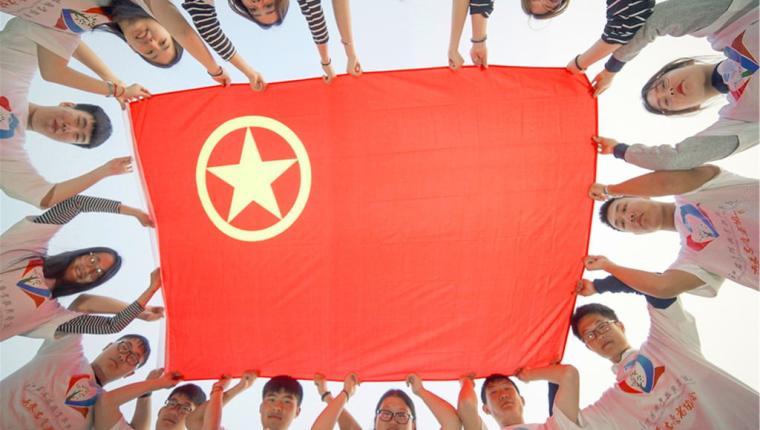
Ulusoy, C. (2025). “Young China” and “Young Chinese”: Enlightenment, New Culture Movement, and New Political Formation in China. BRIQ Belt & Road Initiative Quarterly, 6(4), 449-470.

This work is licensed under a
Creative Commons Attribution 4.0 International License.
The modernist content of the concept of Young China, first used by Liang Qichao (1873-1929) in 1900, was developed politically and culturally, especially after the 1911 Xinhai Revolution failed in a short time. “New Youth,” which can be considered a derivative of “Young China,” was not only a magazine name but also at the center of the “New Culture Movement,” which is called the first great cultural revolution of the “Young Chinese.” This movement describes an intellectual explosion, especially in culture, literature, philosophy, political theory, and women’s rights. The spark for this explosion was the patriotic youth struggle that began on May 4, 1919.This movement unleashed great intellectual energy and significantly impacted the political arena. After the discussions during this period, all kinds of monarchist ideas disappeared from China’s agenda. May 4 and the New Culture Movement played a significant role in the establishment of the Communist Party of China (CPC) and the spread of modernist ideas to the masses in China. Various organizations and movements belonging to the “Young Chi-nese,” which are part of the “Young” Movements in the world, have raised the flag of “de-mocracy and science” while fighting against “tradition” with nationalist goals. Despite the contradictions between them and nationalism, the Chinese representatives of universalist modernist movements have tried to explain their prescriptions for China’s national liberation and establish their ties with nationalism. This period had an essential share in the mental worlds of the cadres who brought New China into being in 1949, reflecting the bond between Marxism and nationalism.
